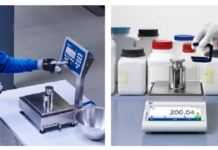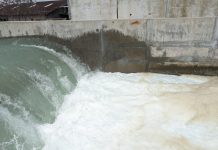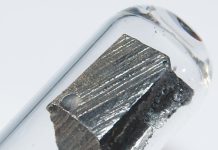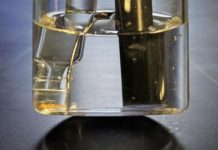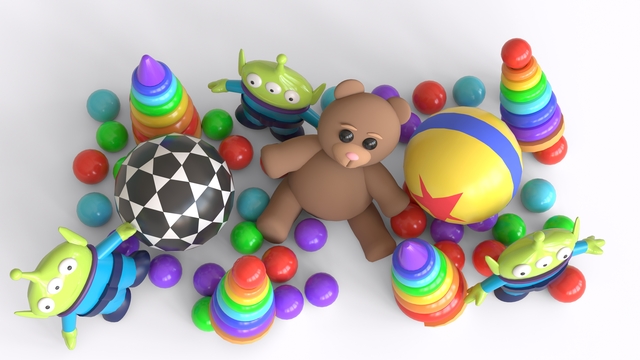In a decisive move to protect children’s health, the European Union (EU) has agreed to ban harmful chemicals in toys, including substances known to disrupt growth hormones and pose long-term health risks. EU member states and European Parliament negotiators reached the agreement, marking a significant update to the bloc’s already stringent toy safety standards.
Stronger Rules for All Toys, Imported and Domestic
While the EU maintains some of the world’s toughest toy safety standards, the new agreement aims to close existing loopholes and address emerging chemical threats. The revised regulation will apply to all toys sold in the EU, whether manufactured within the bloc or imported.
“We must remain vigilant, adapt the rules to emerging risks, and ensure that safety standards are met for all toys – whether made in Europe or abroad,” said Krzysztof Paszyk, Poland’s Technology Minister.
Targeting ‘Forever Chemicals’ and Endocrine Disruptors
A key highlight of the agreement is the limited ban on “forever chemicals” (PFAS)—a family of synthetic substances that are notoriously slow to degrade in the environment. These chemicals will be banned except in cases where they are fully inaccessible to children.
Even at low levels, PFAS exposure causes liver damage, weakens the immune system, raises cholesterol, lowers birth weight, and triggers cancers. In addition to PFAS, the ban now covers endocrine-disrupting chemicals, which interfere with hormone systems and cause developmental and reproductive issues.
A Signal for Health, Fairness, and Innovation
The agreement not only safeguards children’s health but also aims to ensure fair competition and boost Europe’s standing as a hub for safe and sustainable business.
“The new Toy Safety Regulation sends out a strong signal—for the protection of our children, for fair competition, and for Europe as a business location,” said Marion Walsmann, the German EU lawmaker who led negotiations in Parliament.
Toys Among the Top Dangerous Products in EU Market
Toys remain a major concern in product safety enforcement. According to Walsmann, one in five products flagged as dangerous and removed from the EU market is a toy. This regulation responds directly to those findings by tightening control and surveillance measures.
Next Steps Toward Implementation
The newly agreed text must now undergo formal approval by the European Parliament and EU member states before becoming law. As reported by lemonade.fr, once adopted, it will mark a new chapter in Europe’s ongoing commitment to protecting its youngest citizens through science-driven policy and cross-border cooperation.












